In landscaping projects, these plants cannot be planted together
I am "Qingshan Yinxue Baitou". Thank you very much for reading. I have been engaged in garden design for more than 20 years. In my spare time, I write articles on landscaping.
This is just my personal opinion. The article is not well written. Please give me more criticism and corrections!

Introduction
In greening projects, mixed planting of different types of trees can improve land conditions, enhance protection effects, and enhance the plants' ability to resist diseases and pests.
However, not all mixed plantings between tree species are beneficial. Some unhealthy types of mixed plantings may lead to mutual growth inhibition and even cause serious disease and pest problems.
The following are some common seedlings that cannot be mixed planted, for your reference.
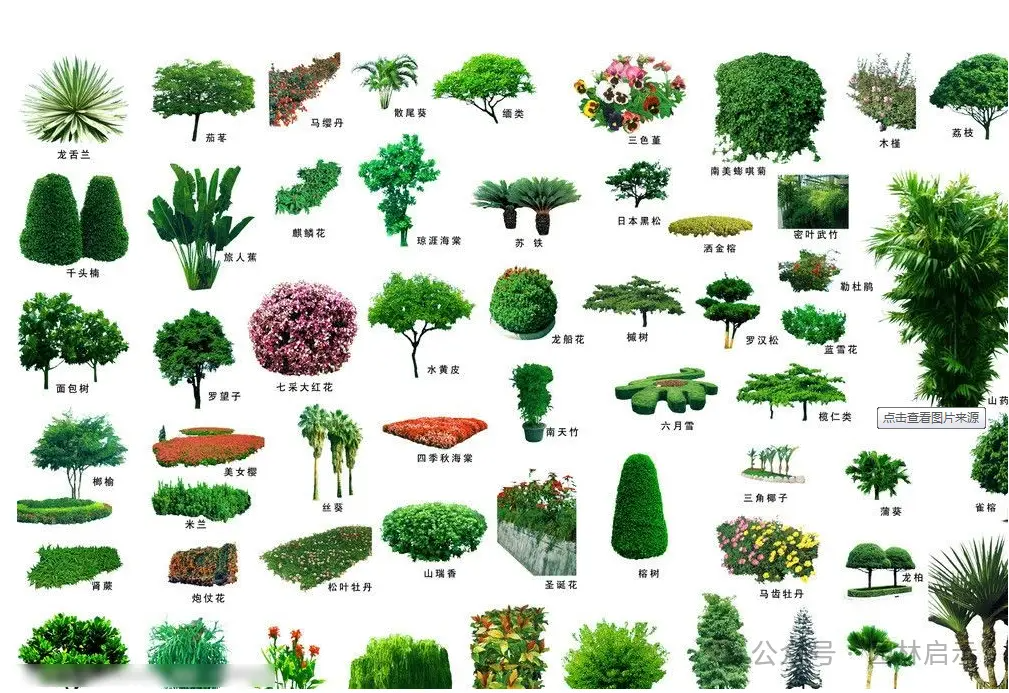
Poplars cannot be planted together with larch
When poplars (such as Populus simonii, Populus white, Populus cathayana, Populus beijingensis, Populus taiwanensis, Populus tremella, and Populus rubrum) are mixed planted with larch, there is a risk of the spread of yellow rust.
Yellow rust is a disease caused by a fungus that primarily infects larch and requires larch as its secondary host.
The infection process of yellow rust is usually as follows: First, the yellow rust fungus infects larch and reproduces and spreads through the leaves, branches and other parts of the tree.
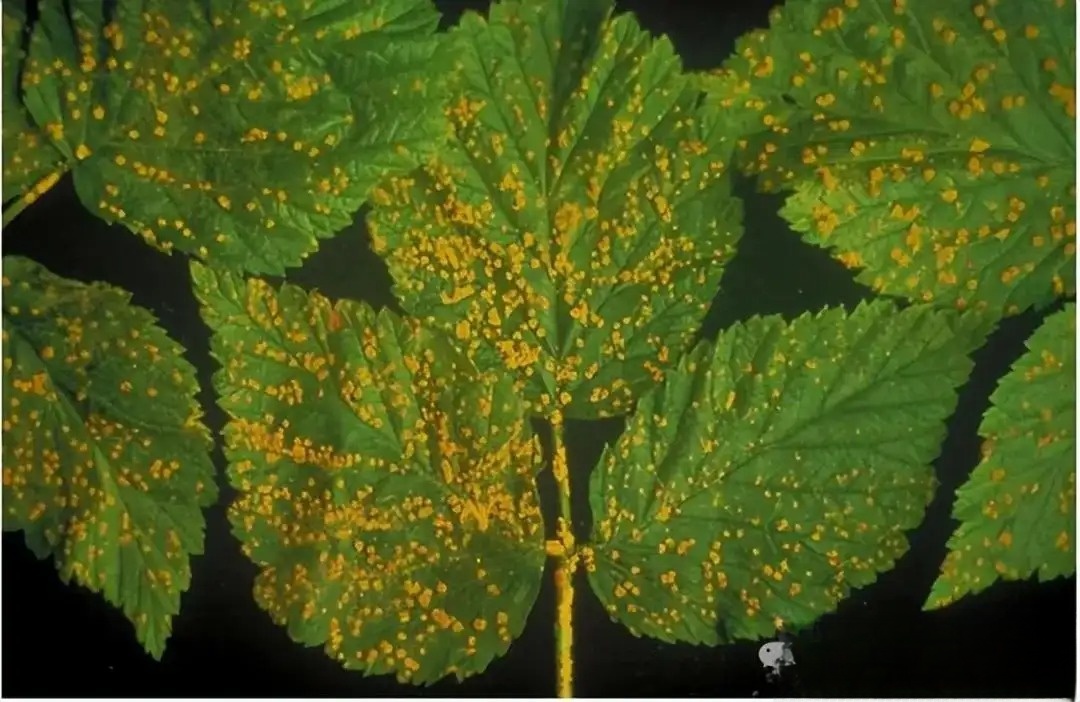
Yellow nail disease
The yellow rust fungus is then spread to other nearby plants, including poplars, via aerosols or vectors such as insects.
When the yellow rust fungus spreads to poplars, it triggers a series of pathological phenomena. Poplars affected by yellow rust may lose their leaves early and branches may also die back.
These phenomena will seriously hinder the growth and development of poplar trees and limit the accumulation and growth of their wood.
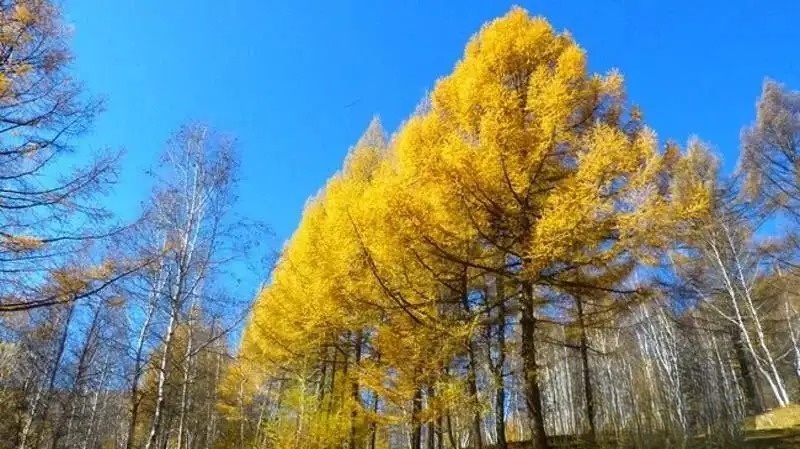
Larch
Populus tomentosa cannot be planted together with mulberry trees:
The mulberry beetle is a pest whose adult needs to eat the tender bark of mulberry trees to supplement nutrition. They lay eggs that hatch into larvae and then continue to harm poplar trees.
First, the adults will choose mulberry trees suitable for laying eggs, including poplar, mulberry, mulberry and jujube, etc. They obtain nutrition by gnawing the tender bark of mulberry trees, which also provides conditions for laying eggs.
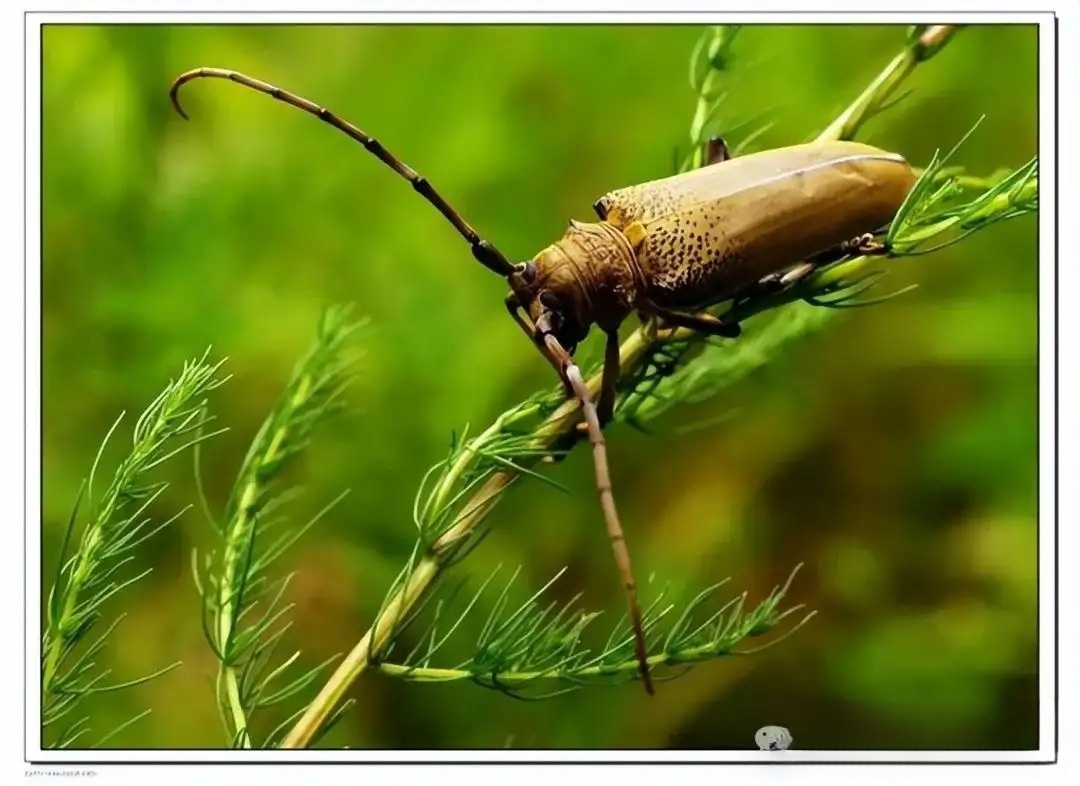
Alternaria mulberryensis
After the adults lay eggs, they hatch into larvae. These larvae burrow under the bark of the poplar and feed on the wood, causing damage to the poplar. The larvae feed on the wood of the poplar, which weakens the tree and affects its growth and development.
The damage of the mulberry beetle to Populus tomentosa is done by two stages: the adult and the larva. The adult supplements nutrition by chewing the tender bark of mulberry trees and hatches into larvae by laying eggs.
The larvae feed on Populus tomentosa, causing damage to it.
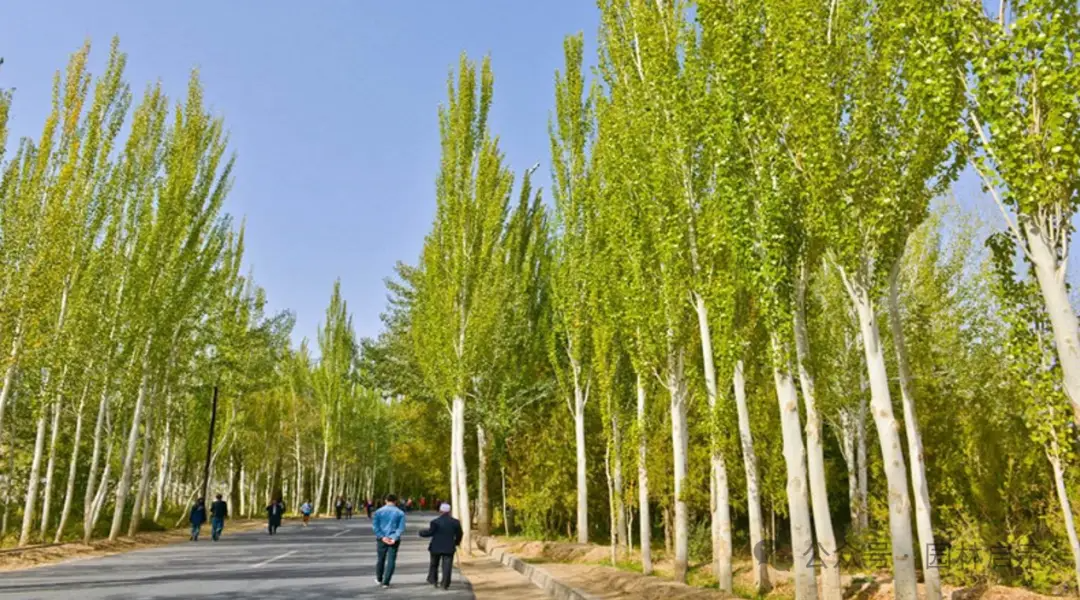
Poplar
Spruce and larch mixed planting:
Planting spruce with larch is prone to the disease and insect pest problem of larch aphid. The larch aphid is a pest that reproduces sexually on spruce and then spreads to larch, causing serious damage to the larch.
At the same time, larch tissues irritated by aphids are susceptible to infection with spores of cancerous fungi.
First, the larch aphids choose spruce as their host for sexual reproduction. They suck the sap of spruce and lay eggs on it.
The larvae then hatch and develop into adults, which once again parasitize the spruce to reproduce.
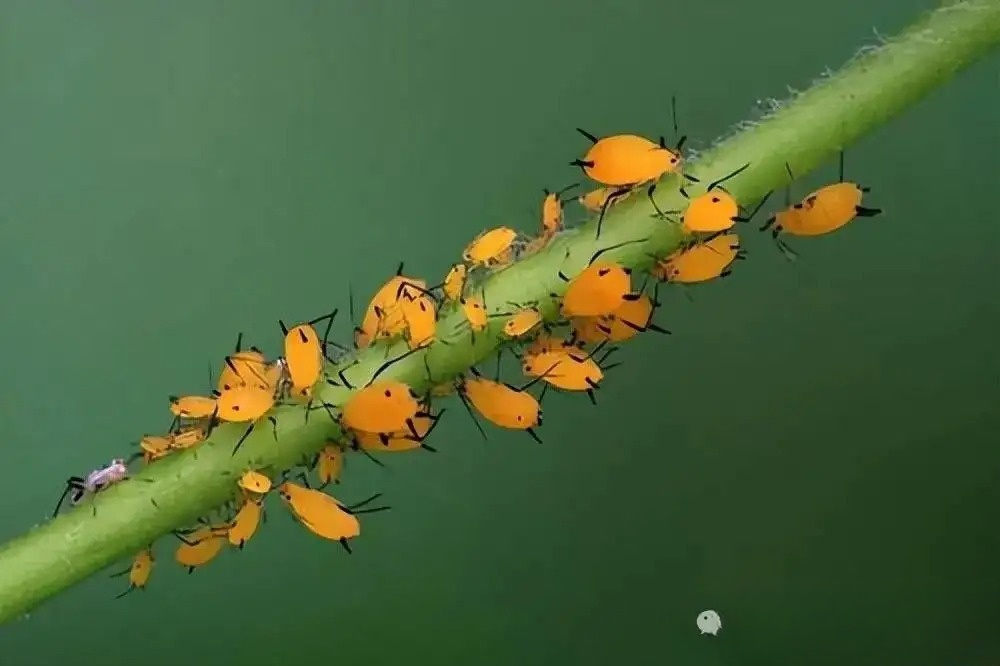
aphid
However, larch aphids are not limited to spruce trees, but can also infect larch trees in mixed plantings. Once in the larch, the aphids continue to suck the sap from the tree, which can inhibit the growth of the larch.
They also secrete honeydew, which attracts other pests such as aphids and ants, further damaging the larch.
In addition, larch tissues stimulated by aphids are susceptible to infection with cancer fungal spores. These spores take advantage of the open tissues stimulated by aphids to enter the tree, causing the larch to produce abnormal tissue proliferation and form cancer.
These cancers can negatively impact the growth and development of larch trees and even cause dieback.
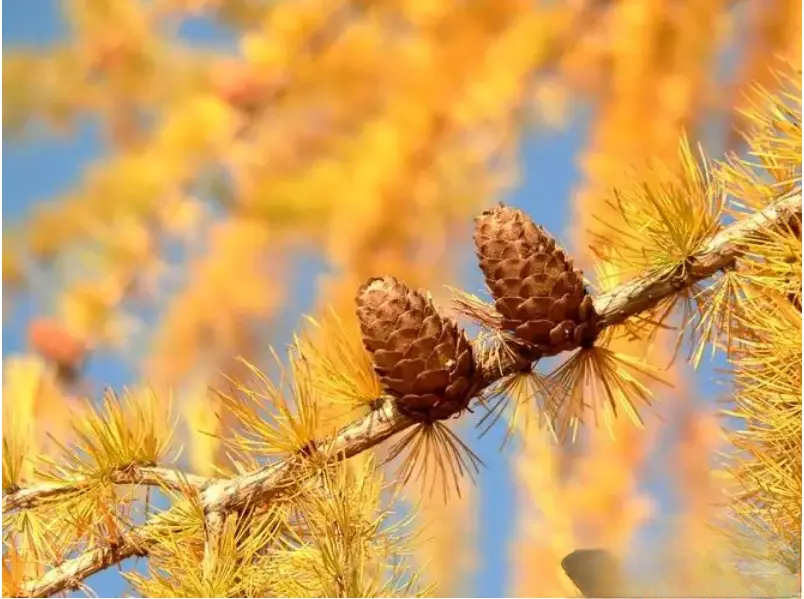
Mixed planting of spruce and cherry
It is easy to cause spruce cone rust, which will cause the spruce cones to dry and crack prematurely, reduce the yield and quality of seeds, and seriously affect the natural regeneration and seed collection of spruce.
Spruce cone rust is a disease caused by a fungus. When spruce and bird cherry are planted together, the fungal spores on the bird cherry can spread to the spruce, causing the spruce cones to become infected.
Infected cones will develop lesions and rusty secretions, eventually causing the cones to wither and fall off, which will reduce the yield and quality of spruce seeds, and also affect the natural regeneration and seed collection of spruce.

Mixed planting of apples, crabapples, pears and pear trees:
Apple and pear trees do share a common disease called rust, which is caused by a fungus that primarily affects the fruit of apple and pear trees.
Pear trees are usually carriers of viruses, and apple trees are very sensitive to the viruses carried by pear trees. When apple trees are infected by viruses carried by pear trees, they often show symptoms of rust.
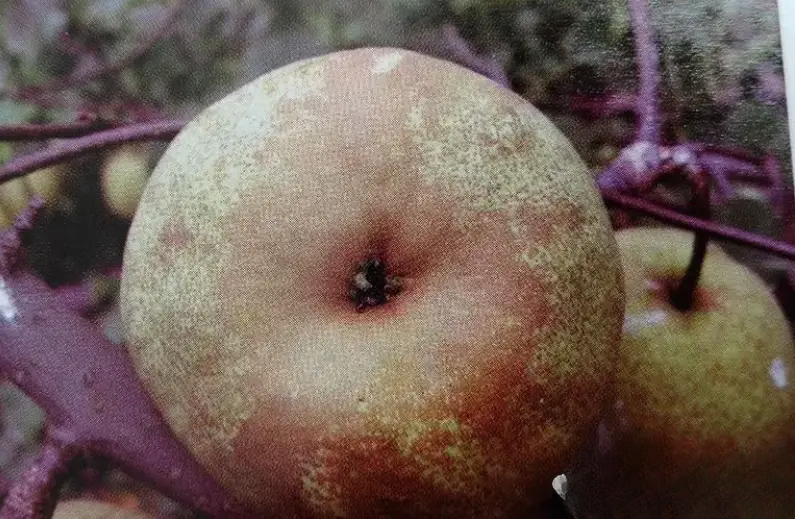
Fruit rust
This is because the viruses carried by pear trees can be transmitted to apple trees through grafting or aphids, causing rust-colored spots and secretions to appear on the apple fruits.
Infected apples will have reduced quality, reduced yields, or even become inedible. Rust can cause the fruit to look unsightly and taste bad, and in severe cases, the fruit may rot.
At the same time, rust can have a negative impact on the health of fruit trees and may cause the trees to fail.
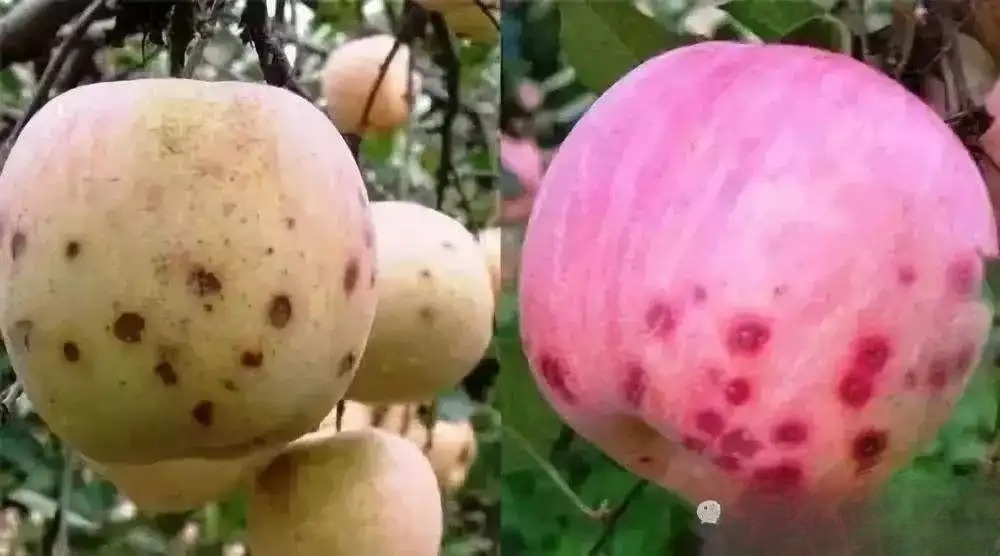
Fruit rust
Conclusion
